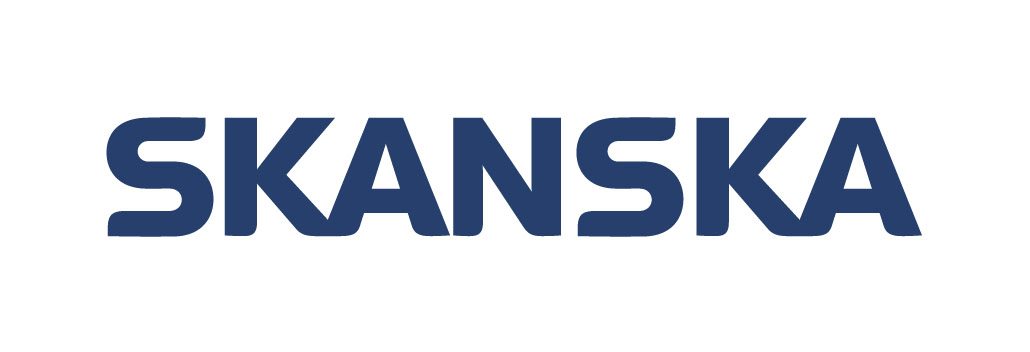Q & A with Dave Woolley, Technical Manager ML Healthcare
I often receive calls from small dental and vet practices who have no previous experience in fitting lead-lined boards. Here are the answers to 3 of the most frequent questions I get asked:
Q. Can lead-lined boards be applied to walls using a bonding compound?
A. No. Traditional dot-and-dab techniques used when applying regular plasterboard to walls cannot be used. Instead wooden battens or a steel framework must be applied to the wall onto which lead sheet and lead-lined boards can be fixed.
Q. Are stainless-steel screws the only type of fixings which can be used?
A. Whilst you can use stainless steel screws to fix lead lined board to the battens or framework, you can also use drywall or brass screws. The important thing to remember is that the screws will need to be covered with lead plates to ensure protection.
Q. What are lead strips and why do I need them?
A. Lead strips also known as fillet backing strips are strips of lead that need to be fitted to the battens or framework at the point where the lead boards are joined together. This ensures that they are no gaps in protection at the joints.
More detailed answers to all these questions and more are covered in our small practice fitting guide. To download a copy click here.



